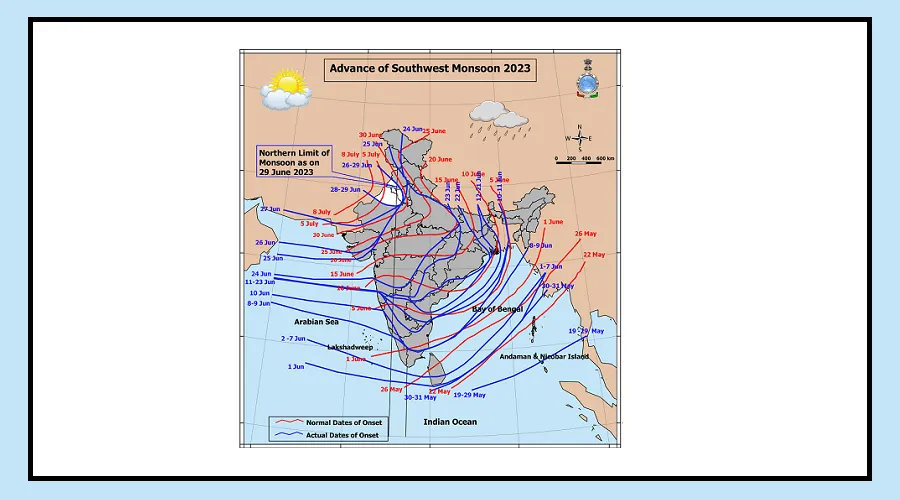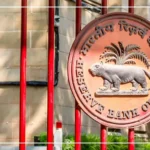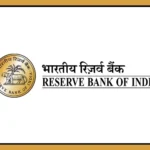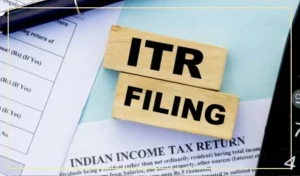The southwest monsoon has now covered all of Ladakh and reached parts of Himachal Pradesh, Jammu and Kashmir, and Punjab.
According to the Meteorological Department, within the next two days, the monsoon is expected to spread to the remaining areas of western Uttar Pradesh, Himachal Pradesh, Jammu
and Kashmir, as well as Rajasthan, Punjab, Haryana, Chandigarh, and Delhi.
If the monsoon reaches Delhi on time this year, as predicted by the Meteorological Department, it will be noteworthy.
If it arrives in Delhi on June 24, it will be the earliest since 2013. Back in 2013, the monsoon arrived in Delhi on June 16. Since then, it hasn’t reached so early.
IMD issues heavy rain warning
The IMD has predicted heavy to very heavy rainfall in North-West India, Madhya Pradesh, Gujarat, Konkan, and Goa until June 26.
Specifically, Madhya Pradesh may receive very heavy rain on June 23 and 24.
Northeast India is also expected to receive heavy rain for the next three days, after which the intensity may reduce.
This year, the monsoon reached Kerala on May 24 — the earliest since 2009, when it arrived on May 23.
At first, it progressed quickly and had reached most parts of Maharashtra, including Mumbai,
and Northeast India by May 29. However, from May 29 to June 16, its pace slowed.
What is the usual schedule of the monsoon?
Because of this slowdown, heatwaves intensified in early June, and many parts of north-west and central India saw extreme heat from June 8–9.
But after June 16, the monsoon picked up speed again due to two new low-pressure systems near Bengal and Gujarat.
Typically, the monsoon reaches Kerala by June 1, Mumbai by June 11, and Delhi by June 30. It usually covers the entire country by July 8.
Its withdrawal starts around September 17 from North-West India and ends by October 15 across the country.
What does early monsoon arrival mean?
Experts say the timing of the monsoon’s arrival does not always affect the total rainfall.
That means early or late arrival in Kerala or Mumbai doesn’t guarantee similar patterns across the country.
Monsoon behavior is influenced by global, regional, and local conditions, and it can vary widely.
In May, the Meteorological Department predicted that India may receive above-average rainfall — about 106% — between June and September this year.
However, below-normal rainfall is expected in Ladakh, Himachal Pradesh, Northeast India, Bihar, Jharkhand, West Bengal, Odisha, and parts of Punjab, Haryana, Kerala,
and Tamil Nadu. India’s agriculture, which supports 42% of the population and contributes 18.2% to the GDP, heavily depends on the monsoon.

























